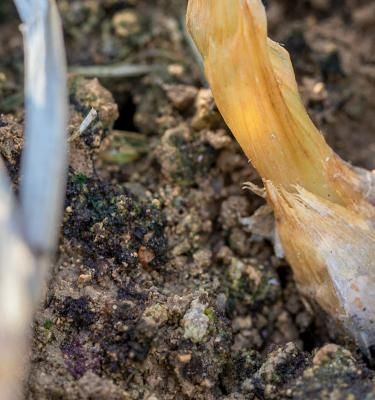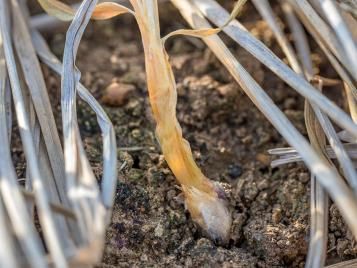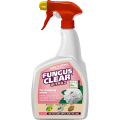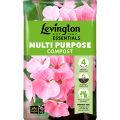

Onion white rot
What is onion white rot?
Onion white rot is a serious fungal disease that attacks onions, as well as closely related shallots, leeks, garlic and other alliums. It kills the plants and makes them inedible.
Onion white rot is caused by a soil-borne fungus, which can persist in the soil for several years, even up to 12-15 years. It tends to be worse during cool, wet summers
How to identify onion white rot
Start to look for the symptoms from mid-summer to early autumn.
The first symptom is yellowing of the leaves, which may also wilt – especially during dry weather. Plants may also become loose in the soil as the disease rots the roots and they start to die.
On onions, shallots and garlic, the main problem is with the bulb, which also starts to rot. White fluffy fungal growth appears around the base of the bulb and later this becomes covered in small, round, black fungal structures.

Onion white rot control and treatment
General Tips
As the disease can remain in the soil for many years, don’t grow onions – or leeks and garlic – in the same soil. Because it can remain for so long, the standard 4-year crop rotation will not be effective at preventing future attacks.
Make sure you only buy heat-treated onion sets that are specially sold for planting; don’t plant onions or shallots from a supermarket or grocery shop.
Growing plants in containers may be a better solution where onion white rot is known to exist in the soil.
Affected plants should be destroyed and not added to the compost heap, as this will only spread the disease.
Fungicides
There are no chemical controls for this disease.












